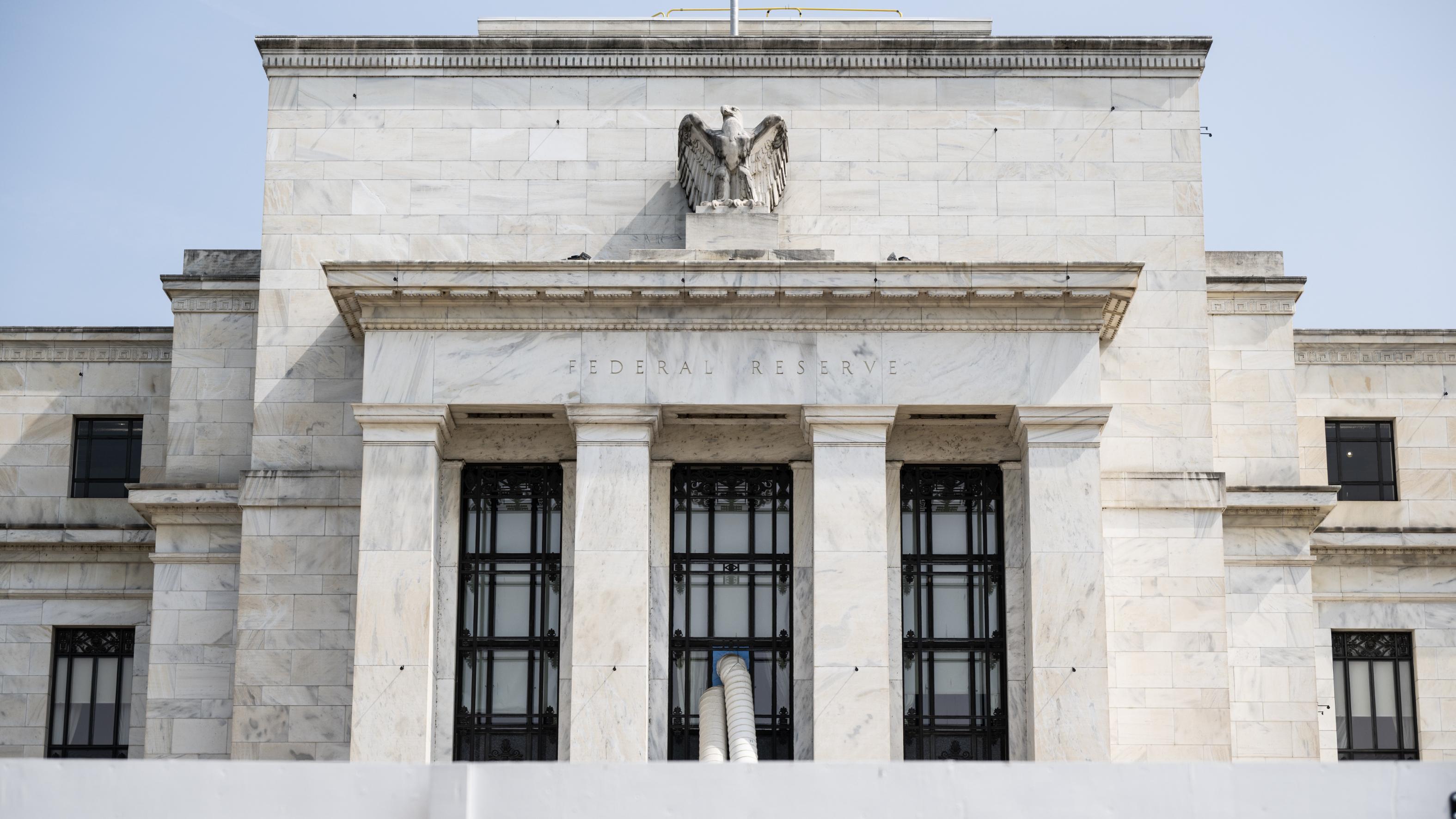 The Marriner S. Eccles Federal Reserve building is seen as renovations are conducted in Washington, DC, on May 24, 2023. (PHOTO / AFP)
The Marriner S. Eccles Federal Reserve building is seen as renovations are conducted in Washington, DC, on May 24, 2023. (PHOTO / AFP)
WASHINGTON — The Federal Reserve is expected to leave interest rates unchanged on Wednesday for the first time since the US central bank kicked off a historically aggressive round of monetary policy tightening in March of 2022.
But don't call it a pivot or a pause.
The closely watched Personal Consumption Expenditures Price Index excluding food and energy has not improved much this year
Policymakers at the end of their two-day meeting may well signal more rate increases are still to come once they take time to assess how the economy is evolving, whether the financial system remains stable, and if inflation is continuing to fall.
READ MORE: Bowman: Fed to raise interest rate to tame inflation
"We probably need a little more tightening, but it is not clear how much," said Blerina Uruci, chief US economist in the fixed income division at T. Rowe Price Associates, noting that despite strength in recent employment and core inflation reports, a "nuanced" reading of the data showed both may be set to weaken.
"When there is this much uncertainty it makes sense to proceed cautiously," she said.
The Fed is scheduled to release its policy statement and new quarterly economic projections at 2 pm EDT (1800 GMT). Fed Chair Jerome Powell will hold a press conference half an hour later.
A sense of caution about the economy competing with ongoing inflation concerns has led the Fed to this point, on the verge of what analysts are calling a "hawkish skip."
While likely to forego an increase in borrowing costs after 10 consecutive hikes that have pushed the benchmark overnight interest rate to the current 5.00 percent-5.25 percent range, Fed policymakers at the same time are expected to show both in their language and projections that one or perhaps two more quarter-percentage-point hikes will still be needed by the end of 2023.
Policy compromise
Data since the last Fed meeting in early May has left policymakers with a tough set of signals to read, and ample room for debate.
The economy continues to generate strong monthly job and wage gains, and one of the US central bank's more closely watched measures - the ratio of open jobs to the number of unemployed - rose recently in a sign the labor market remains misaligned between the demand for workers and those available.
Inflation is declining only slowly, with some aspects of it proving more persistent than anticipated. The closely watched Personal Consumption Expenditures Price Index excluding food and energy has not improved much this year, and as of April was increasing at a 4.7 percent annual rate, more than double the Fed's 2 percent target.
Yet some forward-looking price measures show inflation may be set to fall sharply in coming months; the unemployment rate jumped significantly, from 3.4 percent to 3.7 percent, in May; and the year-to-year growth rate in bank lending is plummeting towards zero, part of a credit slowdown the Fed is watching carefully for signs of financial industry stress.
READ MORE: US Fed says higher interest rates will remain
The expected policy outcome reflects a compromise born of some uncertainty around what it all means, with those Fed officials worried the economy may weaken fast getting at least a six-week timeout until the July 25-26 meeting, and those concerned about still-high inflation readings knowing the central bank will remain primed to move rates higher if price pressures do not relent.
The decision won't mean rate hikes are in for an extended pause, or - a point Powell is likely to emphasize - that rate cuts are anticipated anytime soon.
The Fed's last set of quarterly projections anticipated the benchmark overnight interest rate would only move down by the end of 2024 as inflation also declined - movements that keep the inflation-adjusted rate of interest roughly the same. A true "pivot" towards looser policy was only seen occurring in 2025, when the policy rate was projected by year's end to decline more than inflation.


